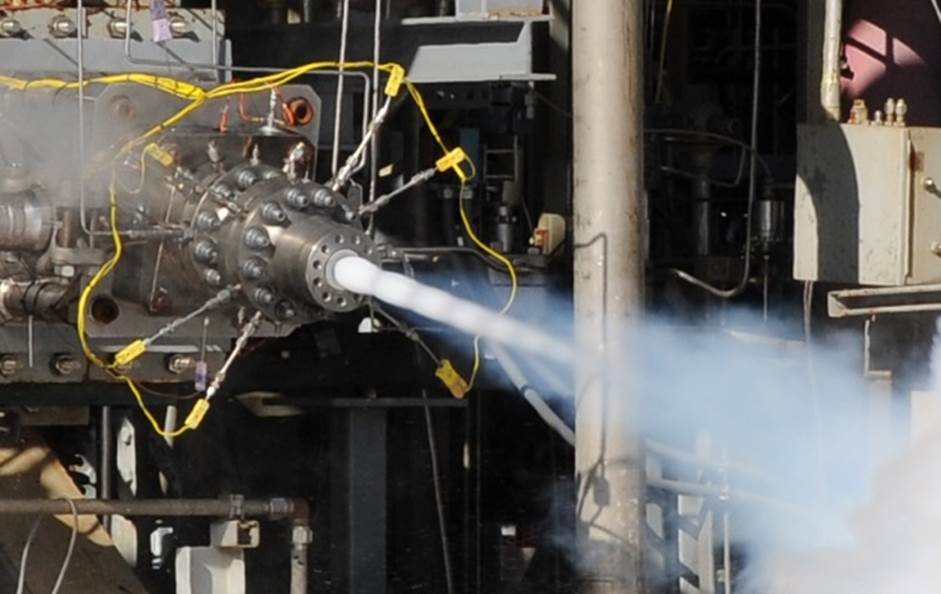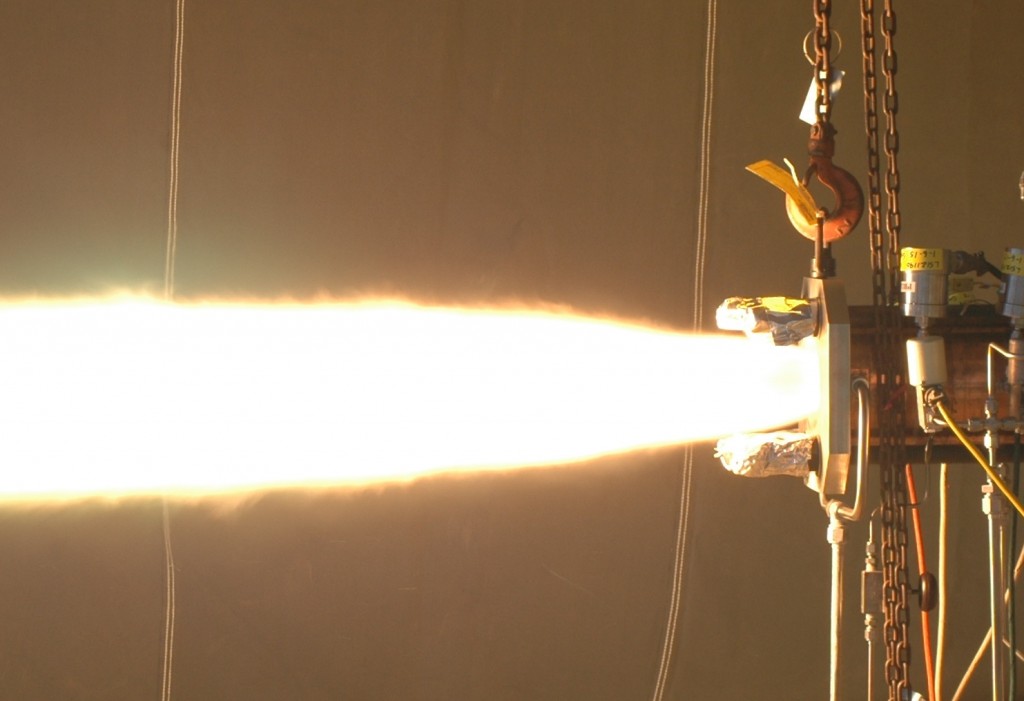3D printing came under fire recently, at Aerojet Rocketdyne. How? Key 3D printed components for the company’s AR1 booster engine were literally subjected to a series of hot-fire tests, as Aerojet Rocketdyne pursues its committed goal of having a certified AR1 engine in production by 2019.

Currently in development, the AR1 is a 500,000 lb thrust-class liquid oxygen/kerosene booster engine and an American-made alternative to engines such as the Russian built RD-180. This isn’t just company pride either. The 2015 National Defense Authorization Act explicitly calls for the RD-180 to be replaced by an American-made alternative for “national security space launches by 2019.” Not too long ago, a similar development timeline on the commercially-developed RS-68 booster engine Aerojet Rocketdyne on the commercially-developed RS-68 booster engine.
Linda Cova, executive director of Hydrocarbon Engine Programs at Aerojet Rocketdyne, said, “We believe the AR1 is the best, most affordable option to eliminate U.S. dependence on foreign sources of propulsion while maintaining assured access to space for our nation’s critical national security and civil space assets.” Designed to integrate with the Atlas V launch vehicle, the AR1 also has to provide a dynamic propulsion solution for current and future launch vehicle applications. “When you consider the minimal changes to the Atlas V launch vehicle, launch pad and related infrastructure that are required with an AR1 solution, this approach is clearly the best path toward finding a replacement for the RD-180 and meeting the launch needs of our nation,” according to Cova. “We look forward to working with the U.S. government in a competitive procurement environment to bring this engine to market.”
With assistance from United Launch Alliance (ULA), Aerojet Rocketdyne is funding the development of the AR1 engine. The two companies have a long history of collaboration and Aerojet Rocketdyne and ULA will continue to work to “reduce costs of propulsion systems that support the Atlas and Delta launch vehicles such as the RS-68A, RL10 and AJ-60A,” and maintain 100% mission success.

“Aerojet Rocketdyne is committed to delivering an RD-180 replacement by 2019, which is why the company is investing in the engine and inviting the Air Force, ULA and other key stakeholders to all major reviews so that engine certification can occur in parallel,” said Cova.
This is just one of many milestones completed over the last few months, many of which have been previously covered on 3DPI. The others include the completion of a System Requirements Review as well as “full-scale single-element main injector hot-fire testing, subscale preburner testing and turbopump inducer testing.”
An evaluation of various main injector element designs and fabrication methods was the primary motivation for the single element main injector hot-fire tests, with a few injectors fabricated using Selective Laser Melting (SLM). Aerojet Rocketdyne has recently invested heavily in researching and developing SLM capabilities for rocket engine applications. Aerojet Rocketdyne believes the AR1 single-element hot-fire tests are the highest pressure hot-fire test (in excess of 2,000 psi) of a 3D printed part in a rocket engine application. 3D printing accounts for a potential 70 percent reduction in cost for production of the main injector, and a possible nine-month reduction in part lead times.
The next major milestones in this project for 2015 are a completion of a vehicle-level system concept review and a main propulsion system Preliminary Design Review. All part of an elaborate plan to eliminate Russian built engines by 2019. Dasvidaniya!


